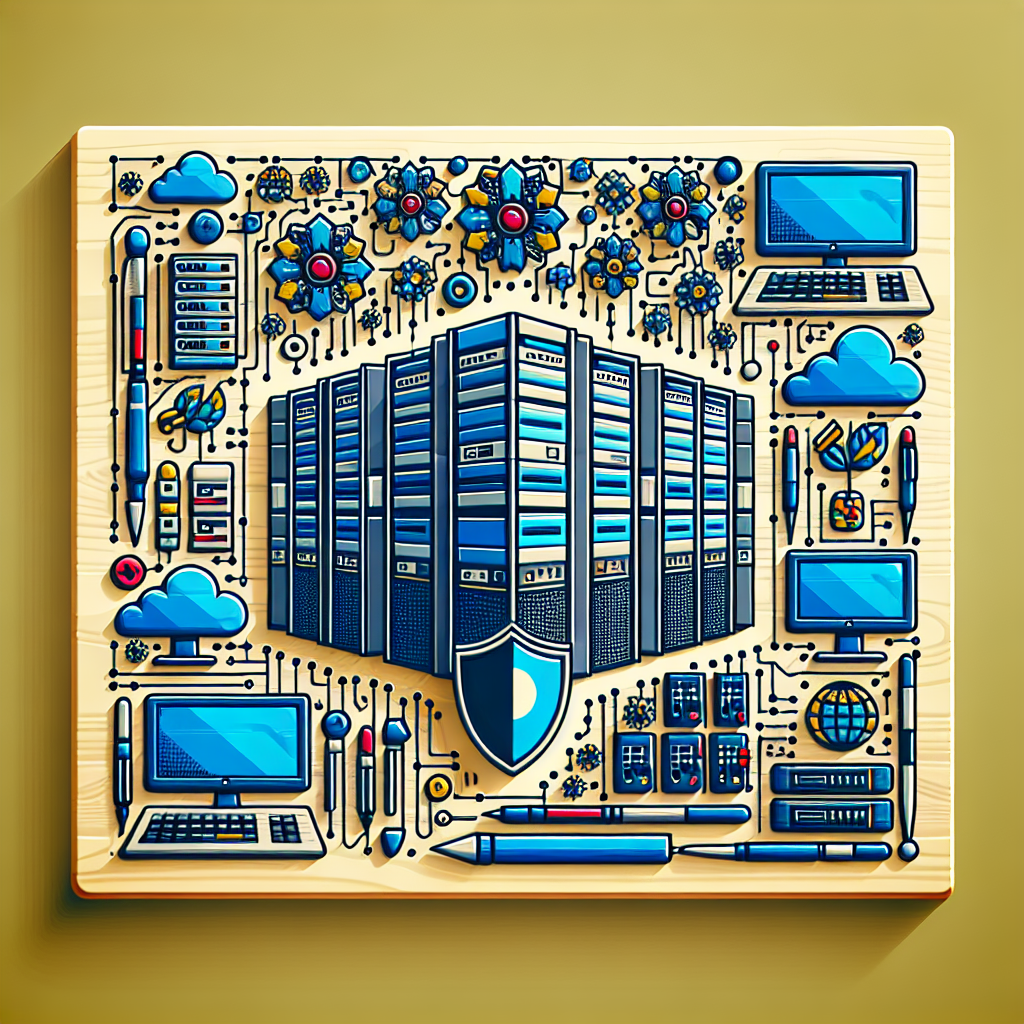Data centers are the backbone of any organization’s IT infrastructure, housing critical systems and data that are essential for day-to-day operations. Therefore, any changes made to the data center environment must be carefully planned and executed to avoid disruptions that could impact the business. Change management is the process of controlling changes to the data center in a systematic and organized way to minimize risks and ensure smooth transitions. However, there are several pitfalls that organizations must be aware of and avoid when implementing changes in the data center.
One common pitfall in data center change management is a lack of proper planning. Rushing into changes without a detailed plan can lead to mistakes, oversights, and potential downtime. It is essential to conduct a thorough assessment of the current environment, identify the goals and objectives of the change, and create a detailed plan that outlines the steps to be taken, timelines, resources required, and potential risks.
Another pitfall is inadequate communication. Communication is key in change management, as it ensures that all stakeholders are informed and involved in the process. Failure to communicate effectively can lead to misunderstandings, resistance to change, and delays in implementation. It is important to establish clear lines of communication with all parties involved, including IT staff, management, and end-users, and provide regular updates on the progress of the change.
Lack of testing is another common pitfall in data center change management. Testing is crucial to ensure that the changes will not cause any disruptions or issues in the data center environment. It is important to conduct thorough testing in a controlled environment before implementing changes in the production environment. This will help identify any potential problems or conflicts and allow for adjustments to be made before the changes are rolled out.
Ignoring security considerations is also a significant pitfall in data center change management. Data centers house sensitive information and systems that are critical to the organization, making them a prime target for cyberattacks. When implementing changes in the data center, it is crucial to consider security implications and take steps to protect against potential vulnerabilities. This includes implementing security best practices, conducting regular security audits, and ensuring that all changes are compliant with security policies and regulations.
Lastly, a lack of documentation can lead to confusion and inefficiencies in data center change management. It is important to document all changes made to the data center environment, including the reasons for the change, the steps taken, and any issues encountered. This documentation will help in tracking changes, troubleshooting problems, and providing a reference for future changes.
In conclusion, avoiding pitfalls in data center change management requires careful planning, effective communication, thorough testing, consideration of security implications, and proper documentation. By being aware of these pitfalls and taking proactive measures to address them, organizations can ensure smooth and successful changes in the data center environment.










